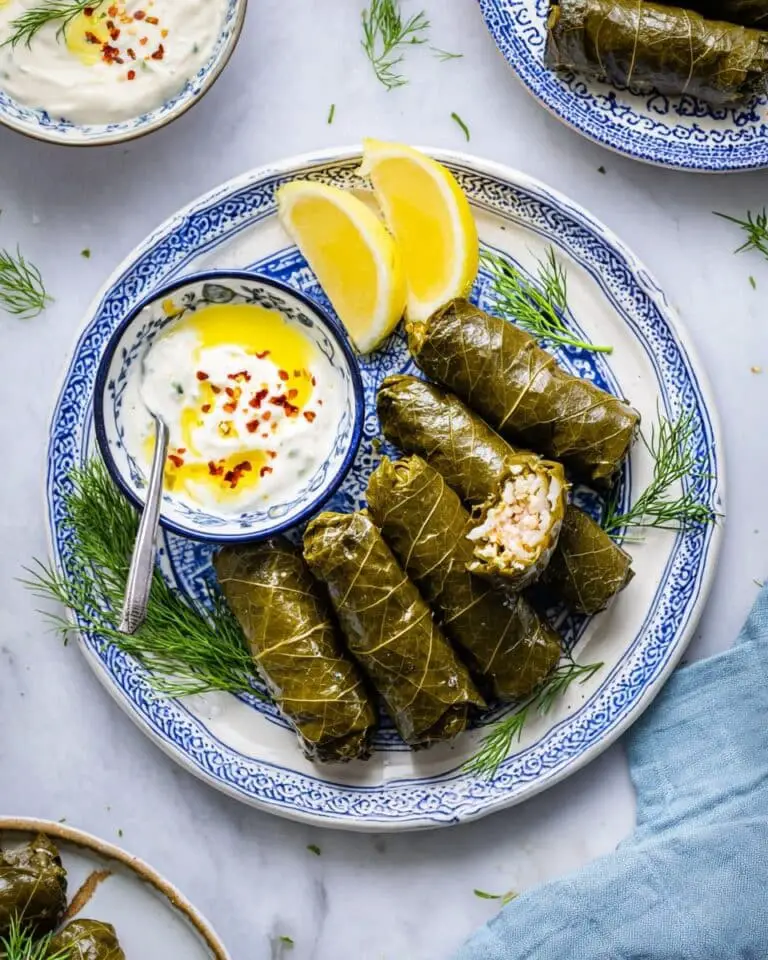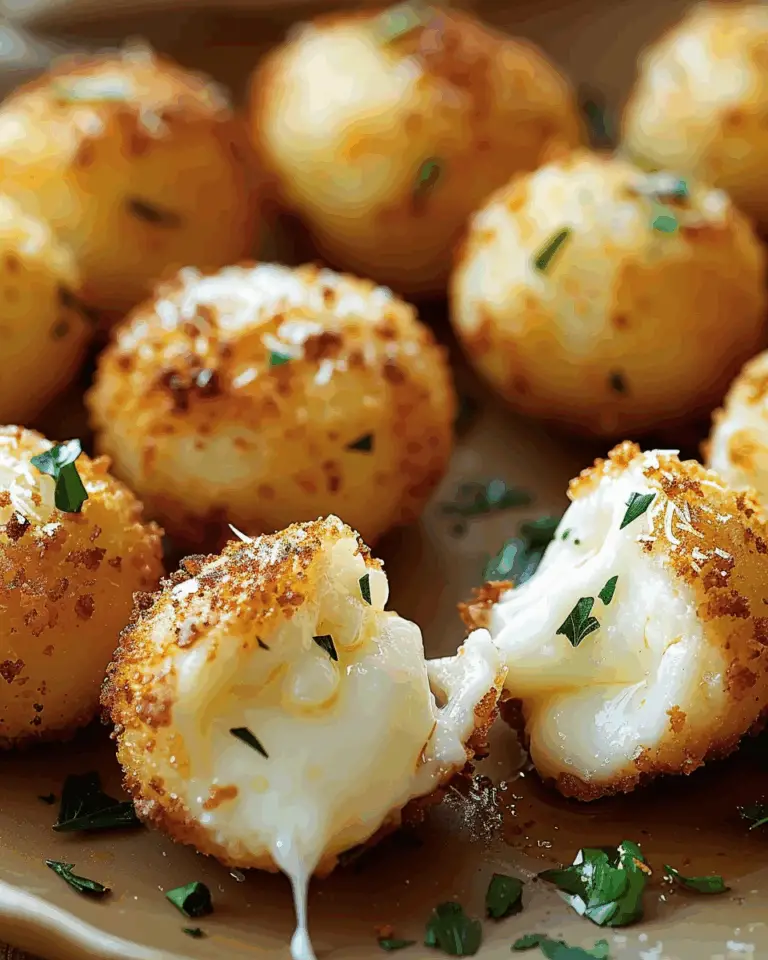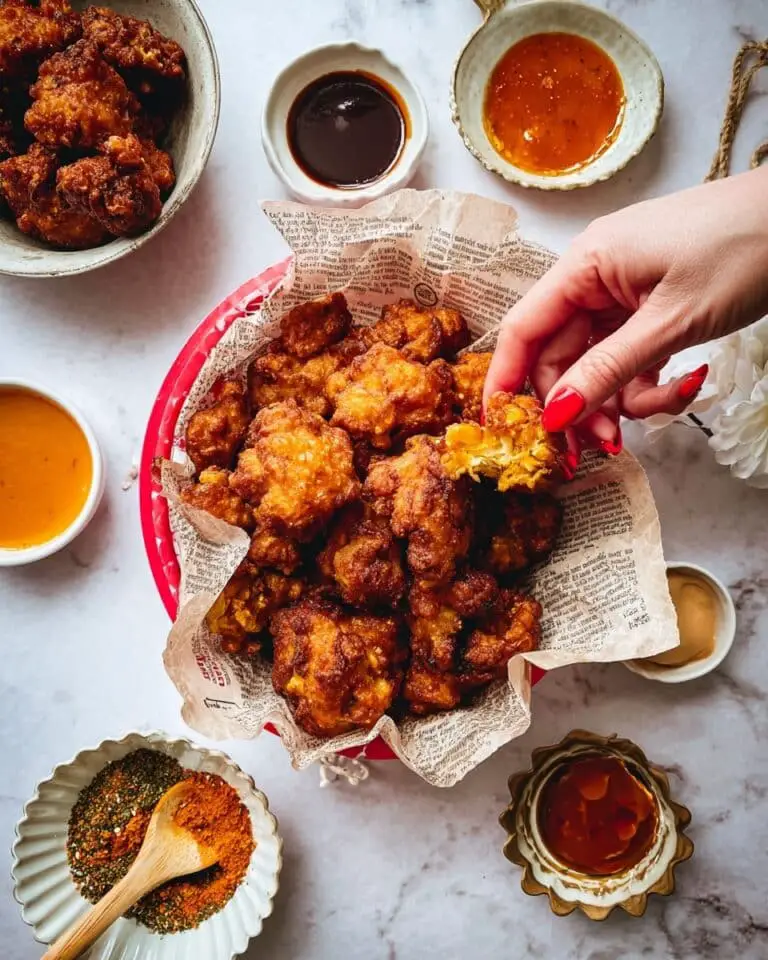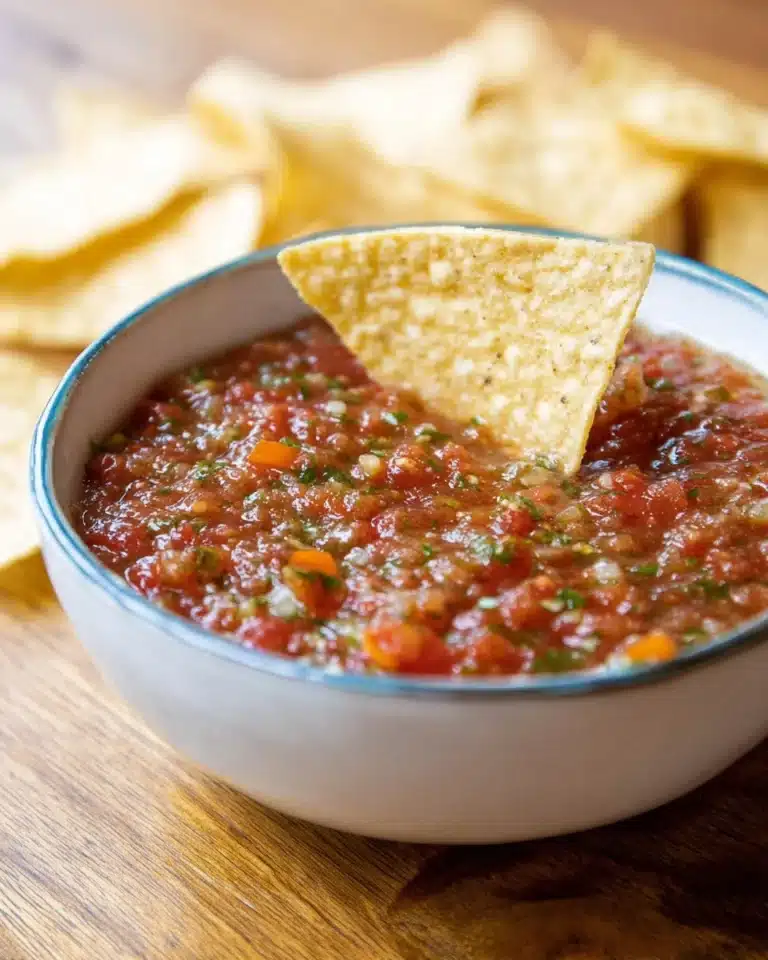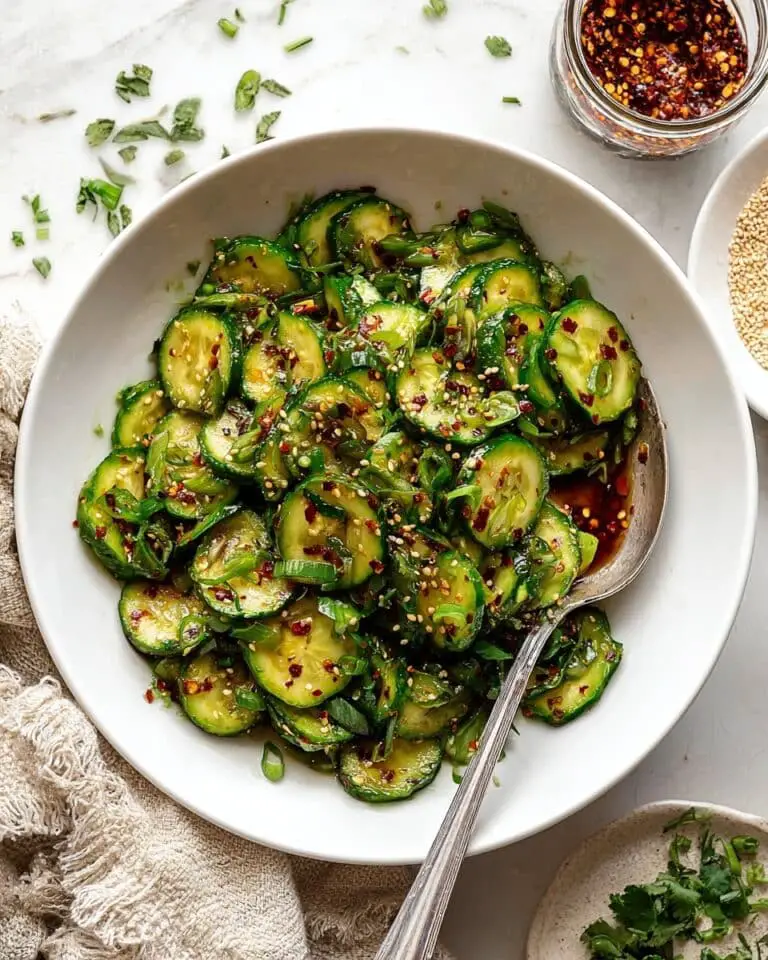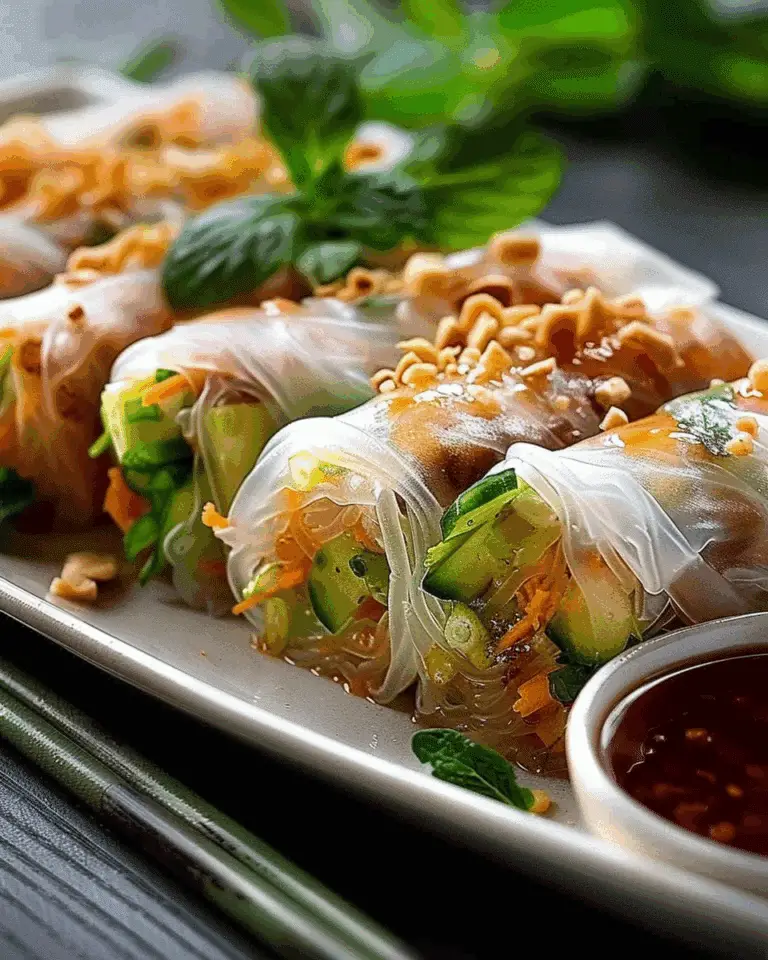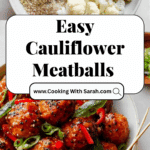If you’re craving a dish bursting with bold flavors and a delightful twist on a classic, then this Kung Pao Cauliflower Meatballs Recipe is about to become your new favorite. These meatballs offer a perfect balance of spicy, sweet, and savory, all while being entirely vegetarian and packed with wholesome ingredients. Imagine tender cauliflower and quinoa mashed into flavorful balls, baked to golden perfection, and then coated in that iconic kung pao sauce—each bite delivers a satisfying crunch and zing that will keep you coming back for more!
Ingredients You’ll Need
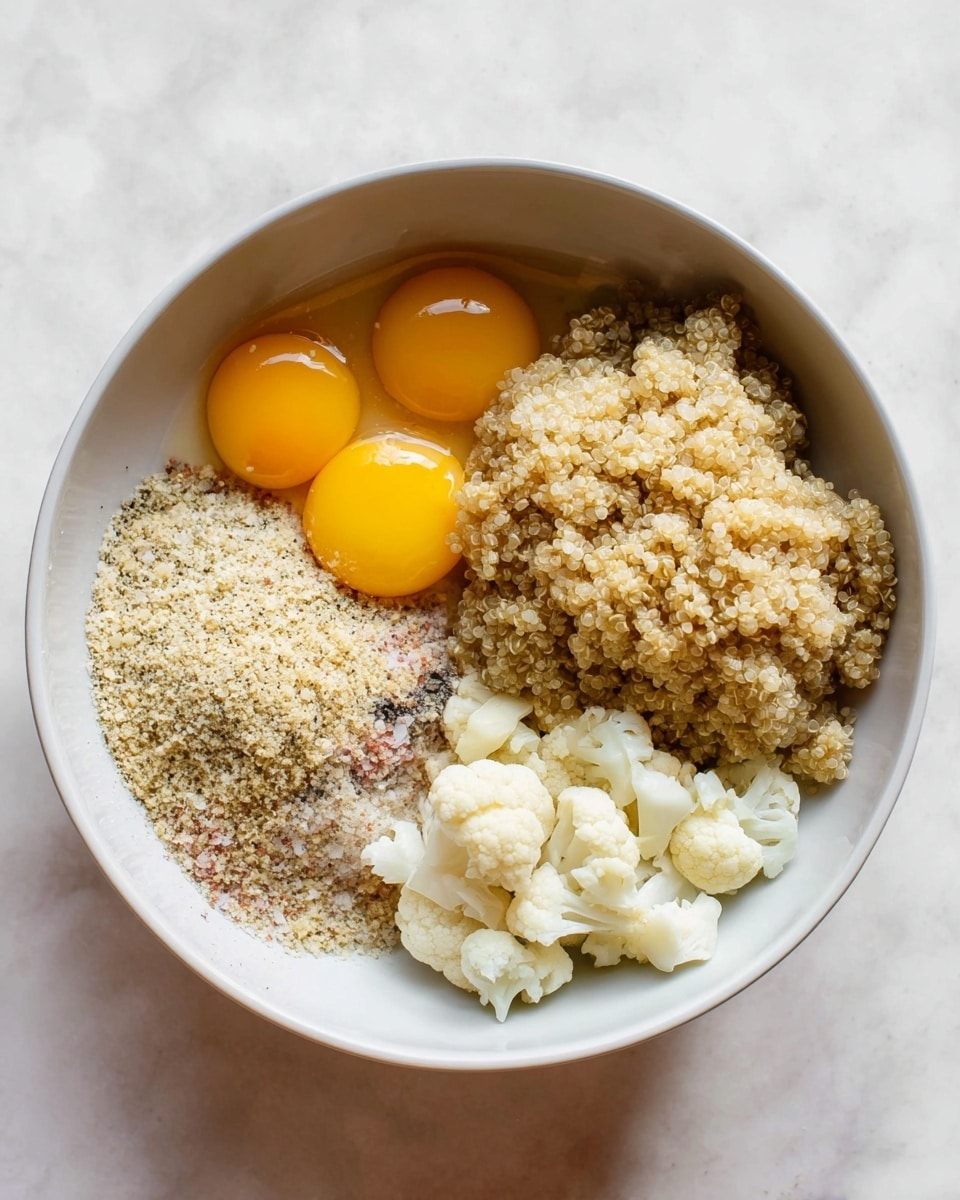
The beauty of this recipe lies in its straightforward, accessible ingredients. Each one plays a crucial role in creating the perfect texture and vibrant taste that makes these cauliflower meatballs truly shine.
- Cauliflower florets (4 cups): The star veggie, steamed until tender to form the base of these meatballs.
- Cooked and cooled quinoa (1 cup): Adds protein and a slightly nutty texture to hold the meatballs together.
- Plain breadcrumbs (1 cup): Essential for binding and giving the meatballs a sturdy yet tender bite.
- Large eggs (3): The natural binder that keeps everything perfectly combined.
- Garlic powder (1 tsp.): Infuses a subtle garlic flavor that complements the sauce beautifully.
- Kosher salt (1 tsp.): Enhances the flavors without overwhelming the palate.
- Onion powder (3/4 tsp.): Adds a mild savory depth to the mix.
- Freshly ground black pepper (3/4 tsp.): Offers a gentle kick that pairs well with the sauce’s heat.
- Vegetable broth (1 cup, lower-sodium): Forms the flavorful base of the kung pao sauce that ties everything together.
- Corn starch (2 Tbsp.): Thickens the sauce to a luscious glaze that clings perfectly to the meatballs.
- Soy sauce or tamari (2 Tbsp., lower-sodium): Adds salty umami richness without overpowering.
- Asian chili garlic sauce (1 Tbsp.): Delivers that signature spicy and garlicky kick every kung pao fan expects.
- Hoisin (1 1/2 Tbsp.): Brings a subtly sweet, tangy element that balances out the heat.
- Rice vinegar (1 Tbsp.): Injects a touch of brightness and acidity for contrast.
- Neutral cooking oil (2 Tbsp.): For sautéing the veggies and developing flavor in the sauce.
- Red bell pepper (1, roughly chopped): Adds a pop of color and natural sweetness to the dish.
- Green onions (1/3 cup thinly sliced plus extra for garnish): Lends fresh, crunchy notes that complete the layered flavors.
How to Make Kung Pao Cauliflower Meatballs Recipe
Step 1: Steam and Prep Your Cauliflower
Start by steaming your cauliflower florets for about 12 to 15 minutes until they become fork-tender. This makes them soft enough to pulse in the food processor, breaking them down into a finely chopped consistency without turning mushy. This base is what will give your meatballs that irresistible bite without needing any meat.
Step 2: Mix the Meatball Ingredients
Transfer the finely chopped cauliflower to a large bowl and add the cooked quinoa, breadcrumbs, eggs, garlic powder, onion powder, salt, and pepper. Using your hands or a sturdy spoon, mix everything thoroughly but gently. You want a well-incorporated mixture that holds together without being too dense—this is the secret to tender, cohesive meatballs.
Step 3: Shape and Bake the Meatballs
Preheat your oven to 400°F and lightly grease a baking sheet. Gently scoop and mold the mixture into golfball-sized spheres, each about 1 and 1/2 tablespoons. Arrange them evenly on your sheet and bake for 15 to 17 minutes until they turn a beautiful golden color. Baking gives them a firm outer crust while keeping the inside soft and flavorful.
Step 4: Prepare the Kung Pao Sauce
While the meatballs bake, whisk together vegetable broth and corn starch in a bowl until smooth to ensure a thick sauce without lumps. Then, stir in soy sauce, hoisin, chili garlic sauce, and rice vinegar, setting this flavorful mixture aside for a moment. This combination creates the classic balance of spicy, sweet, savory, and tangy that makes kung pao sauce so addictive.
Step 5: Cook Vegetables and Combine
Heat your neutral oil in a large, high-sided skillet over medium heat. Toss in the chopped red bell pepper and cook for about 5 minutes until tender but still vibrant. Add the thinly sliced green onions, then pour in your prepared kung pao sauce. Let it simmer for 2 minutes until thickened and glossy. Finally, add the baked cauliflower meatballs and gently toss to coat every morsel in that irresistible sauce.
How to Serve Kung Pao Cauliflower Meatballs Recipe
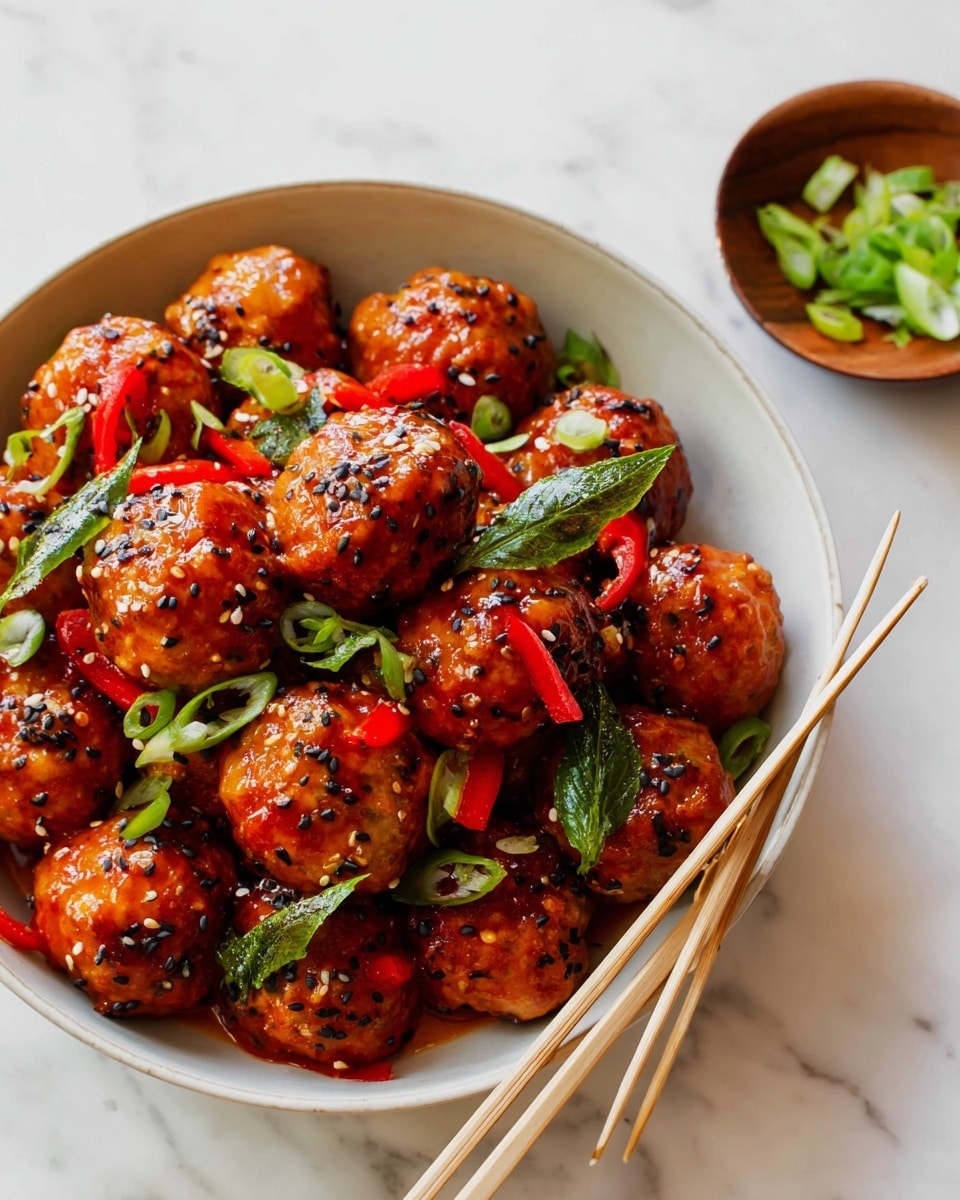
Garnishes
A handful of extra sliced green onions adds fresh crunch and visually brightens the dish, making it irresistibly inviting. Sprinkle some toasted sesame seeds or chopped roasted peanuts on top if you want an extra layer of texture and nutty richness that pairs perfectly with the spicy sauce.
Side Dishes
Serve these meatballs atop steamed jasmine rice or fluffy quinoa for a hearty meal that soaks up every bit of the sauce. You can also pair them with stir-fried greens like bok choy or snap peas to keep things light and fresh on the side.
Creative Ways to Present
For a fun appetizer twist, serve the meatballs on mini skewers with sliced cucumber rounds beneath for a refreshing crunch. They also make fantastic sliders when sandwiched between small buns with crisp lettuce and a drizzle of sriracha mayo for a spicy contrast.
Make Ahead and Storage
Storing Leftovers
Any leftover Kung Pao Cauliflower Meatballs Recipe will keep beautifully in an airtight container in the refrigerator for up to 3 days. The flavors often deepen overnight, making the next-day meal just as satisfying, if not more so.
Freezing
If you want to meal prep ahead, these meatballs freeze wonderfully. Arrange them in a single layer on a baking sheet, freeze until solid, then transfer to a freezer-safe container or bag. They’ll keep well for up to 2 months and thaw quickly when ready to enjoy.
Reheating
Reheat leftovers gently in a covered skillet over medium-low heat, stirring occasionally to warm through without drying out the sauce. You can also microwave them covered for 1 to 2 minutes until heated, adding a splash of water or broth if needed to keep the sauce lusciously saucy.
FAQs
Can I make these meatballs gluten-free?
Absolutely! Simply swap the plain breadcrumbs for gluten-free breadcrumbs or ground oats, and be sure to use tamari instead of soy sauce to keep it fully gluten-free without sacrificing flavor.
Are these meatballs spicy?
The dish has a pleasant kick thanks to the Asian chili garlic sauce, but it’s perfectly balanced with sweet hoisin and tangy vinegar. If you prefer milder food, you can reduce the chili garlic sauce or substitute it with a milder chili paste.
Can I use fresh garlic instead of garlic powder?
Yes, you can finely mince fresh garlic and sauté it lightly before mixing it into the cauliflower mixture, but garlic powder is recommended for an even, mild flavor without overpowering any other ingredients.
What if I don’t have quinoa on hand?
If quinoa isn’t available, cooked rice or couscous can be used as a substitute, though quinoa adds a unique texture and protein punch that helps keep the meatballs light yet filling.
How do I make sure the meatballs don’t fall apart?
Make sure the cauliflower is well steamed and finely processed so it blends smoothly with the quinoa and breadcrumbs. Also, use the eggs to bind everything, and be gentle when shaping the balls to keep them intact while baking.
Final Thoughts
This Kung Pao Cauliflower Meatballs Recipe is such a delightful way to enjoy bold Asian flavors while embracing a vegetarian twist that’s surprisingly satisfying. Once you take that first bite, you’ll see why it’s a dish worth sharing over and over again. I can’t wait for you to try it, savor every spicy-sweet juicy bite, and watch it become a beloved staple in your kitchen too!
PrintKung Pao Cauliflower Meatballs Recipe
These Kung Pao Cauliflower Meatballs are a flavorful and healthy vegetarian twist on the classic dish, combining tender steamed cauliflower and quinoa meatballs baked to golden perfection and coated in a spicy, savory Kung Pao sauce with bell peppers and green onions. Perfect as an appetizer or main course, this Asian-inspired recipe is packed with texture and bold flavors.
- Prep Time: 15 minutes
- Cook Time: 45 minutes
- Total Time: 1 hour
- Yield: 24 meatballs
- Category: Appetizer, Entree, Vegetarian
- Method: Baking
- Cuisine: Asian
- Diet: Vegetarian
Ingredients
Cauliflower Meatballs
- 4 cups chopped cauliflower florets
- 1 cup cooked and cooled quinoa
- 1 cup plain breadcrumbs
- 3 large eggs
- 1 tsp. garlic powder
- 1 tsp. kosher salt
- 3/4 tsp. onion powder
- 3/4 tsp. freshly ground black pepper
Kung Pao Sauce
- 1 cup lower-sodium vegetable broth
- 2 Tbsp. corn starch
- 2 Tbsp. lower-sodium soy sauce or tamari
- 1 Tbsp. Asian chili garlic sauce
- 1 1/2 Tbsp. hoisin sauce
- 1 Tbsp. rice vinegar
- 2 Tbsp. neutral cooking oil such as vegetable or canola
- 1 red bell pepper, roughly chopped
- 1/3 cup thinly sliced green onion, plus more for garnish (if desired)
Instructions
- Preheat and steam cauliflower: Preheat your oven to 400°F. While the oven heats, steam the cauliflower florets for 12 to 15 minutes until they become fork-tender. This softens the cauliflower to prepare it for blending into the meatball mixture.
- Prepare meatball mixture: Transfer the steamed cauliflower to a food processor and pulse until finely chopped but not pureed. Move the cauliflower to a bowl and mix in the cooked quinoa, breadcrumbs, eggs, garlic powder, onion powder, salt, and black pepper until everything is combined into a moldable mixture.
- Shape and bake meatballs: Gently shape the mixture into golf ball-sized balls (about 1 1/2 tablespoons each). Arrange them evenly on a greased baking sheet and bake in the preheated oven for 15 to 17 minutes, or until the meatballs are golden and set.
- Make Kung Pao sauce: While the meatballs bake, whisk together the vegetable broth and cornstarch in a bowl until smooth. Stir in the soy sauce, hoisin sauce, chili garlic sauce, and rice vinegar. Set this sauce mixture aside.
- Cook vegetables and sauce: Heat the cooking oil in a large, high-sided skillet over medium heat. Add the chopped red bell pepper and cook for about 5 minutes until tender. Stir in the sliced green onions.
- Combine sauce and meatballs: Pour the Kung Pao sauce into the skillet with the vegetables and cook for 2 minutes, allowing the sauce to thicken. Add the baked cauliflower meatballs to the skillet and gently toss to coat them thoroughly with the sauce.
- Serve garnished: Transfer the coated meatballs to a serving dish and garnish with additional sliced green onions if desired. Serve warm as an appetizer or main dish.
Notes
- Use gluten-free breadcrumbs to make this recipe gluten free.
- Adjust the amount of chili garlic sauce to control the spice level.
- The meatballs can be made ahead and refrigerated before baking.
- For a vegan version, substitute flax eggs for the eggs and ensure the sauce ingredients are vegan-friendly.
- Serve with steamed rice or noodles for a complete meal.


